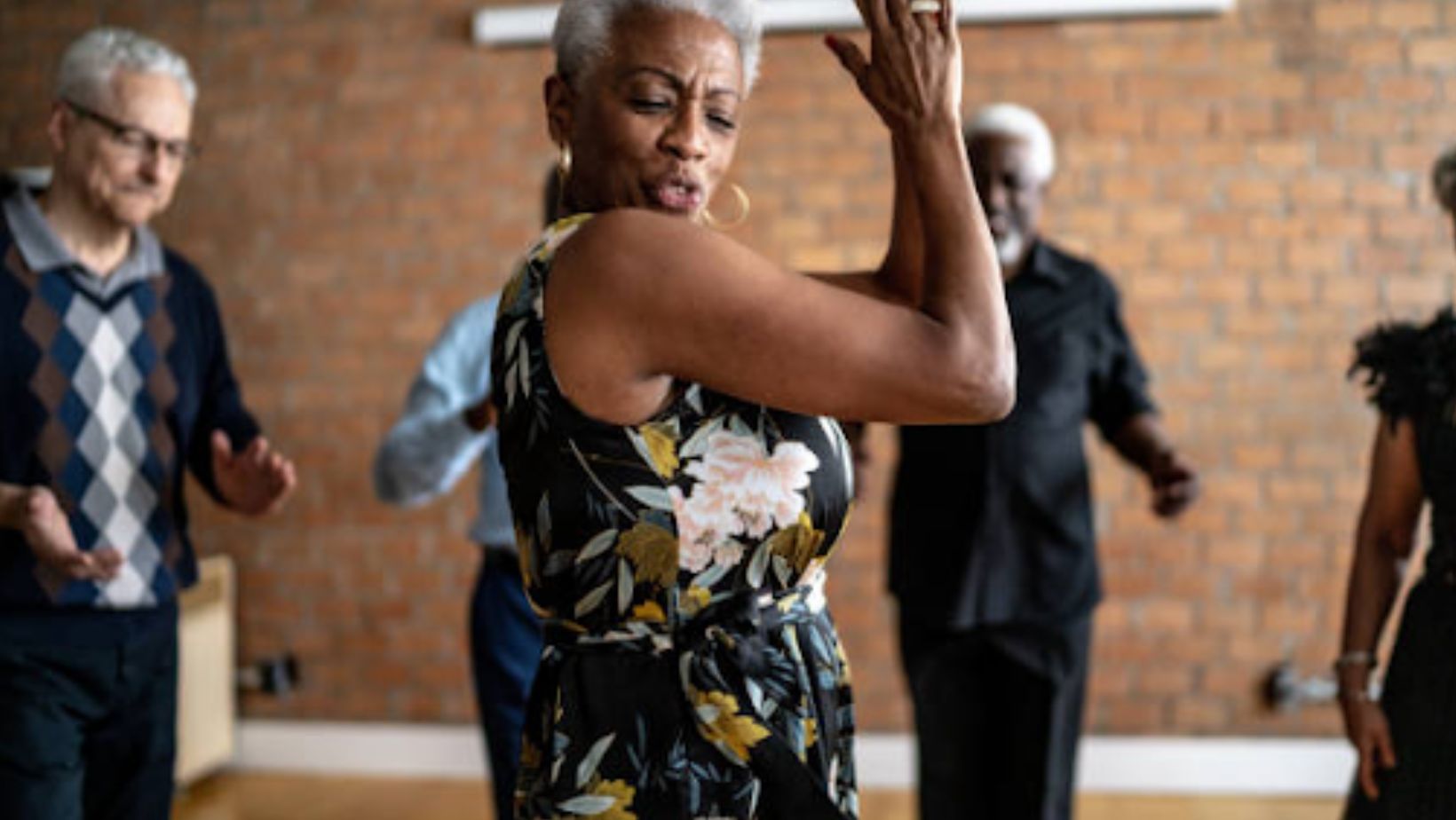
We’ve all been there when binge-watching favorite Netflix shows or eating favorite foods brings no pleasure. You might have even tried all your hobbies, but, eventually, drop them with a shrug and a quiet ‘meh’. Believe it or not, anhedonia (that’s what the world calls this annoying feeling of sluggishness and apathy) is a pretty common thing and often implies there is nothing too serious going on with you.
So, here is what anhedonia means and how to deal with it.
What Is Anhedonia?
Anhedonia is one’s inability to feel pleasure. It’s when indifference is the only feeling you track with Liven because you feel neither sad or happy. The lack of excitement and motivation doesn’t always mean you’re going through depression. Sometimes, it just means that your brain is overwhelmed and needs a reset.
Why Does Anhedonia Happen?
Anhedonia happens due to multiple reasons. Sometimes, it’s just a 2-hour feeling that comes at the end of a very exhausting day. You’d also find out that people experience anhedonia when dealing with burnout, as in this Liven app review, but, thankfully, mood trackers and bite-sized courses on dopamine management aka daily dopamine menu help.
So, here are top reasons why anhedonia happens:
Chronic Stress And Burnout
When your body goes through chronic stress, your brain reduces access to pleasure to help conserve energy. This, in turn, leads to emotional numbness and disinterest.
Unhealthy Dopamine-Related Habits
Dopamine-boosting activities like scrolling endlessly, binge-watching, or eating sugary foods help your body release dopamine fast. But when you constantly chase small ‘easy’ rewards, your brain’s sensitivity to dopamine drops.
Sleep Issues
Poor sleep disrupts emotional regulation and reward processing.
Nutrient Deficiencies
Processed foods and lack of nutrients like omega-3 fatty acids, B-vitamins, and magnesium lead to low energy and mood imbalances.
Mental Health Conditions
In some cases, anhedonia is a symptom of mental health disorders like anxiety or depression. If the feeling persists for more than 2-3 weeks, time may be to talk to a mental health specialist.
We all go through rough patches from time to time, so there’s no shame in asking for help
How To Deal With “I Don’t Feel Like Anything”
Yeah, perhaps, the last thing you want to do right now is deal with it… Well, the good news is that these science-backed tips all come down to taking one small step at a time.
1: Understand What’s Going On In Your Brain
Your brain no longer responds to enjoyable things the way it used to as its dopamine pathways get dysregulated when you’re under chronic stress. This is common in early stages of depression, burnout, or recovery from trauma. All you need to do is rest and give yourself time to heal.
2: Build A Simple Predictable Structure
Yeap, having a routine feels like nonsense when you feel like ‘meh.’
But as you might know, the human brain thrives on predictability, and consistent routines are a great way to restore your sense of agency and overcome a slump. Over time, small actions like waking up at the same time build a big routine that brings your brain back to an engagement mode as it activates the prefrontal cortex, the area responsible for decision-making.
3: Gently Reintroduce Activities
You may not feel like painting, playing guitar, or running, and that’s okay. All you have to do is reduce the emotional cost of trying. For instance, reframe your thoughts: you don’t have to play piano for an hour; instead, try thinking ‘I plan to sit at the keyboard for 5 minutes.’
The hardest part is to start. Once you’re at the keyboard, chances are you’ll play the instrument longer than for 5 minutes. The same goes for other activities, such as sports, writing, or cooking.
Another technique is to write down 2-3 daily activities and set a specific time for them. These will be your anchors. For instance, taking a short walk at 9 a.m., having lunch at 2 p.m., and reading a book at 8 p.m. Further, it will be easier to add new activities if you need to — just add them around the anchors and watch them fall into place.
4: Move Your Body, Even If Just A Little
Physical activity boosts mood-regulating chemicals like endorphins, dopamine, and serotonin. In fact, research from Harvard and other institutions shows that regular physical activity is as effective as medication in the treatment of mild-to-moderate depression.

If 30 minutes of even the lightest exercise feel like a Herculean task, aim lower: take a short walk (even if it’s only around the house), stretch in bed, or go to the supermarket.
Again, if you feel emotionally flat, and fatigue is getting worse, please don’t hesitate to see a mental health professional to diagnose depression. You might not have the condition, but still, seeing a medical professional is always a good idea.
5: Prioritize Social Micro-Interactions
We understand that you might not feel up for deep conversations or social events. Still, try to reintroduce brief positive social contact into your life to help reactivate your brain’s feel-good reward system. Things like a short message to a friend or a “good morning” to a barista count.
These small acts of social engagement are all enough to stimulate oxytocin and dopamine, and, as a result, make you feel more grounded, calm, and connected.
6: Regulate Your Circadian Rhythm
Sunlight is one of the most overlooked natural remedies in mood disorder treatment. Both dopamine and serotonin are highly responsive to sunlight, which also helps regulate melatonin production, hence, improves sleep.
Light therapy also improves energy levels, which might be especially beneficial for people suffering from seasonal affective symptoms.
We advise you to aim for at least 30 minutes of time outdoors, even on cloudy days.
Final Thoughts
Anhedonia is a very common feeling. It’s simply a signal that your brain is overwhelmed and needs to conserve energy. Luckily, rest, nourishment, and movement help you reconnect with joy.
Just remember: one small step at a time.
You’ve got this!
